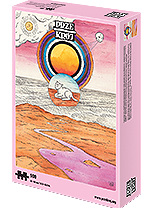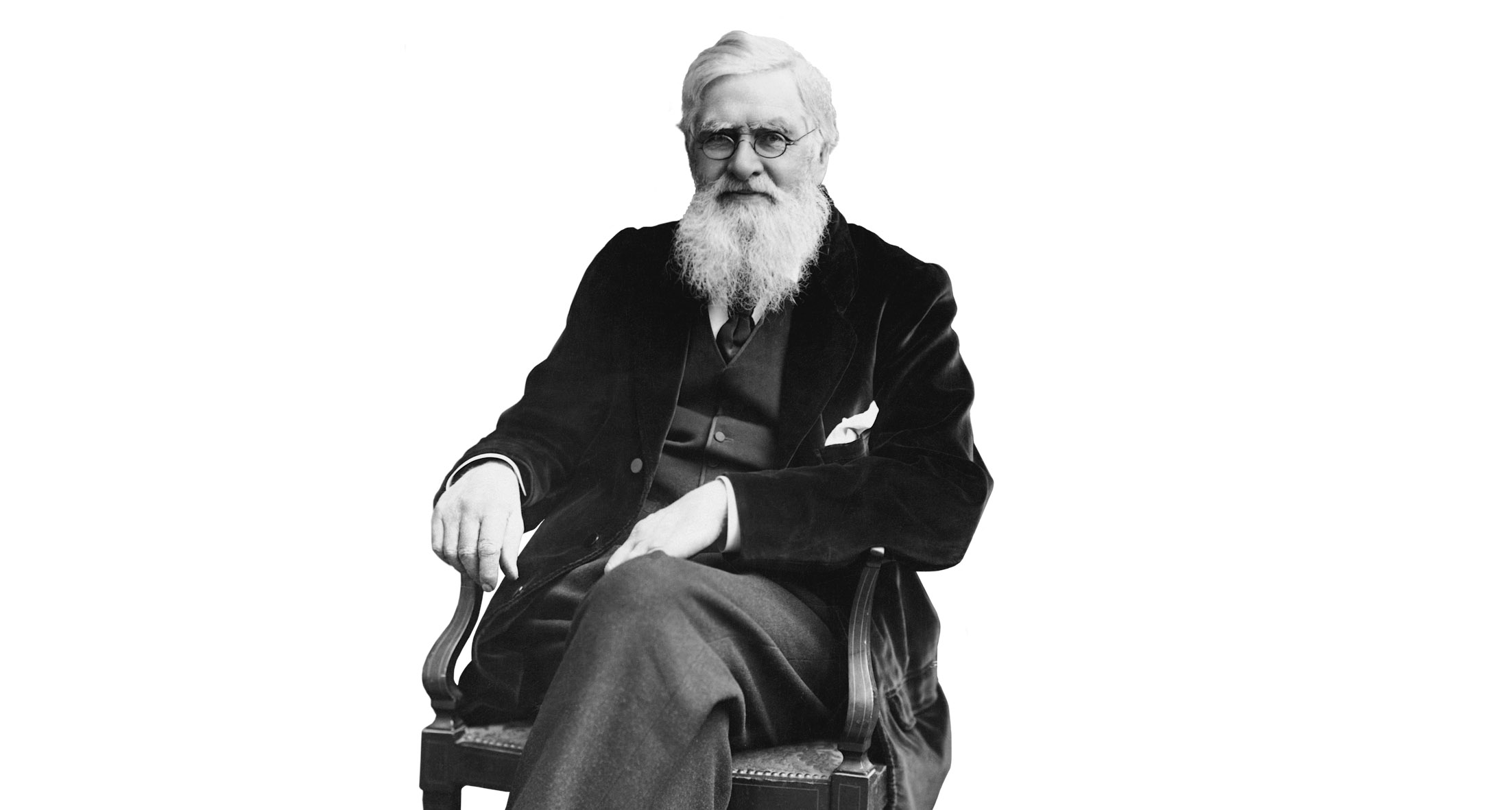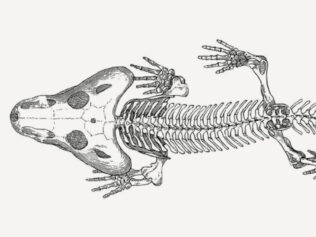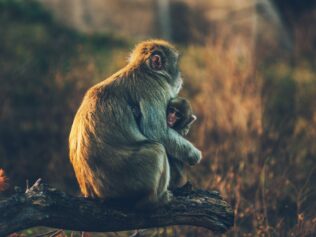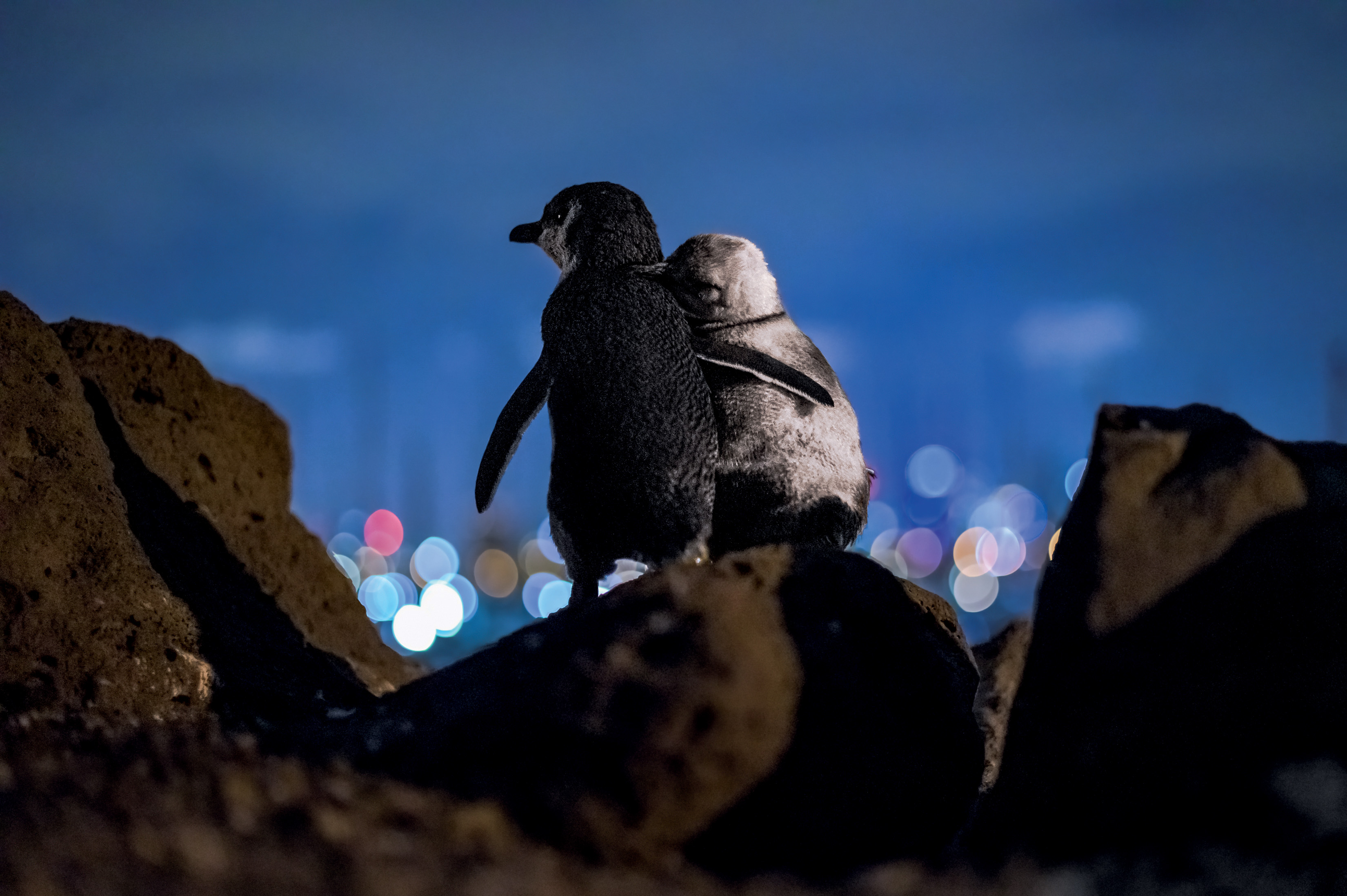
Not everything shrinks in cold water. Although we’re not entirely sure why (we only have some suspicions), the denizens of polar seas are frequently much larger than their temperate relatives.
Since childhood I’ve been of the opinion that I should have been born about 150 years earlier than I eventually managed to be. I would have found myself smack bang in the middle of the most interesting era for naturalists. Had it happened exactly 150 years earlier, I’d have been two years older than Alfred Russel Wallace, a year older than Gregor Mendel, and 12 years older than Benedykt Dybowski. Darwin would have been 12 years my senior, and Alexander von Humboldt, 52 years older. So, at least in terms of period, I would have been in perfect company. Of course, these fantasies are based on the tenuous assumption that I would have been able to receive a proper education back then. As far as I know, my family is descended from various strata of society, but none of them especially affluent, so there’s every chance that I would have been more of a Janko the Musician (only without the talent), or some other Oliver Twist.
In any case, the 19th century seems to me a fantastic era, at least from the perspective of how natural history developed. We were learning about nature greedily, formulating new laws and discovering new species. We gorged ourselves on that knowledge so much that by the end of the century, physicists of the time had apparently announced an end to their science. Even if that story is a little far-fetched, there really was a conviction in many fields that we had basically learned everything and all that was left to do was refine the details. It’s just that soon after, Einstein turned physics upside down.
Nature’s pirate code
Things were similar with biology. One of its all-encompassing laws was the eco-geographical rule formulated in 1847 by German biologist Christian Bergmann. The rule states that warm-blooded animals living in polar regions are larger than their relatives from temperate zones – or, more generally, that their size increases with the coldness of the region. This is why the polar bear is the largest of bears, the gyrfalcon the largest falcon, the Siberian tiger is the largest subspecies of tiger, and the wolf is larger than the jackal. In principle, this makes sense. Endothermic animals such as me and (most probably) you generate warmth thanks to their metabolism. Our warmth is generated in the body and is related to its volume, but we also lose it through our body surface area. As an organism grows, its volume – measured in cubic units (a litre is a cubic decimetre) – increases proportionally more quickly than its surface area measured in square units. So the larger the object, the larger its volume relative to its surface area. This is why it is easier for big warm-blooded organisms to sustain the right temperature. The tiny shrew keeps from dying by constantly being active and eating every four hours, because it is basically all surface, almost no volume. A dead whale, on the other hand, takes more than 24 hours to go cold, because its volume is gigantic in comparison to its surface.
While formulating his rule, Bergmann discreetly omitted the fact that, for example, the Arctic fox, in very many ways similar to our red fox, is half its size, reindeer are smaller than elk and deer, and the Inuit are usually rather slight. In the decades following the orderly knowledge of the 19th century, we have become increasingly aware that nature is much more complex than we’d like. Our strict and clear principles that allegedly rule it are more reminiscent of the pirate code from the popular movie franchise about the adventurers from the Caribbean. They are not so much absolute laws as guidelines: they organize our knowledge in some way, but they definitely do not explain all the nuance.
Gigantic pycnogonids
In the entry about the Bergmann rule, Polish Wikipedia states laconically: “for cold-blooded animals, this relationship is the opposite.” In reality, however, this isn’t the case. It’s true that we associate huge spiders or beetles with the tropics, but it’s simply that there are many more species there than elsewhere, so it’s no surprise that we find many giants in that region. Many more very small organisms live there.
If we wanted to point to some regularity, it would be found most easily among aquatic animals: the denizens of polar seas are frequently much bigger and long-lived than their relatives from warmer waters. Interestingly, a similar feature has also been observed among deep-sea animals – they are frequently larger than their cousins from the shallows. These phenomena are called polar and deep-sea gigantism, respectively. Although biologists are basically in agreement that there is something to it and we can, in fact, speak about some kind of regularity, its cause is still unexplained.
Gigantism affects many different taxonomic groups, but it’s been studied most thoroughly in pycnogonids. As far as I recall, I learned about these arthropods as a first-year student in the Biology Department of the University of Warsaw, at the beginning of the previous millennium’s last decade. But we only properly met on an Antarctic beach – it was there that I happened on this very strange animal, seemingly put together out of vividly red plastic building blocks.
Pycnogonids – also called sea-spiders (incorrectly, of course, because they are not arachnids, although they’re much more closely related to them than we are) – look like they’re made of wire in colourful insulation chopped into pieces a few centimetres long. I know no other animal with such a uniformly bright colour and such astonishing shapes. It’s something like an oversized daddy longlegs, yet the body in the middle is not oval or round, but pieced together from delicate tubes. Pycnogonids live all around the world and usually their legs have a span of no more than two centimetres. The ones in Antarctica are the size of dinner plates. Because they are made up of fragments shaped like narrow cylinders, their relationship of body surface and body volume is always optimal – in that group, this proportion stays roughly the same regardless of size. They are also dioecious, and only daddies take care of their laid eggs and larvae. It is, however, more relevant that these arthropods not only breathe by absorbing oxygen from water with their whole body surface, but that some can also even feed that way!
It is the ability to absorb oxygen via body surface that suggested to researchers the most probable explanation of polar gigantism. Oxygen dissolves in cold water very well, and there’s often masses of it in polar waters. On the other hand, a low temperature means that the metabolism of cold-blooded organisms is very slow. So not only do they have more oxygen at their disposal, but they also need much less of it than they would in a warmer environment. They are at no danger of oxygen starvation, so they can keep on growing – and they do.
Centenarian teenagers
You probably know the common woodlouse. They also have a close relative, with which they are often confused, called the rough woodlouse. They are those small crustaceans from the order Isopoda that scurry away when you turn over the rock they were hiding under. They are completely harmless, and they help us to clear the environment of organic detritus, but also of heavy metals. Many more isopods live in seas, and most of them are of a similar size. But even in the Baltic we can encounter the Saduria entomon, which reaches eight centimetres. Another one of my Antarctic favourites – Glyptonotus antarcticus – is even more impressive. Usually, it grows to the decent size of about nine centimetres, but in the waters of Antarctica it can reach even 20 centimetres! It is a marine predator and scavenger straight from a nightmare, huge and fantastical. The Antarctic depths are also home to sponges that can live for hundreds of years and grow up to two-metres tall. Some single-celled organisms that live there are – according to the professional opinion of Dr Sam Bowser, who has been studying them for years – “the size of the nail on your pinky”, while their relatives that reside in warmer waters can only be seen under the microscope.
But the most impressive examples can be found among cephalopods. The sea depths are home to giant squids (those are the ones that sperm whales have epic duels with), commonly considered to be the largest invertebrates. The colossal squid (Mesonychoteuthis hamiltoni), local to Antarctica and with arms also reaching 12-14 metres, are much more solidly built. According to the latest estimates, they can weigh even 750 kilograms and deserve the place at the top of the podium. I had the pleasure of meeting one of these descendants of Cthulhu, and although it was only a two-metre-long baby, it still commanded respect as it curiously swam up to my Zodiac.
My favourite among all these ice giants will always be the Greenland shark – it lives in the Arctic and reaches a length of seven metres. The Latin name of this fish, Somniosus microcephalus, can be translated as ‘sleepyhead of very little brain’ – and it deserves adoration if only for this reason. But it’s not everything. Although Greenland sharks swim slowly, they feed not only on sea fish, but also on mammals such as seals (most probably catching them during their naps), and even polar bears (it’s possible that these specimens were already dead), as well as elk and deer caught during traversing the Arctic fjords! Shark meat contains so much urea that before the people of Iceland and Greenland make dinner with it, they have to cook it for a dozen or so hours, frequently changing the water, and ferment it for months. But there are even more fascinating facts from the life of the Greenland shark. We recently found out that these cold-water giants can live for up to 500 years! This makes them the most long-lived vertebrates in the world. Scientists are also convinced that the Greenland shark reaches sexual maturity at age 150. So when the oldest turtles put their affairs in order and start to seriously think about their will, shark teenagers – with blushes on their pimply faces – go out on their first dates.
It looks like amid the waves of polar seas everything is huge. That includes the sense of peace, glaciers and icebergs, as well as sponges, starfish, crustaceans and sea worms (polychaetes that are over a metre long, or thaliaceans, also known as pyrosomes or – slightly less officially – ‘whale snot’, whose colonies can be over a dozen metres long). It would be good to make sure that at least a part of this abundance survives, because scientists fear that in the changing climate it is the ice giants who will be destroyed first. That would be an incredible shame.
Translated from the Polish by Marta Dziurosz

